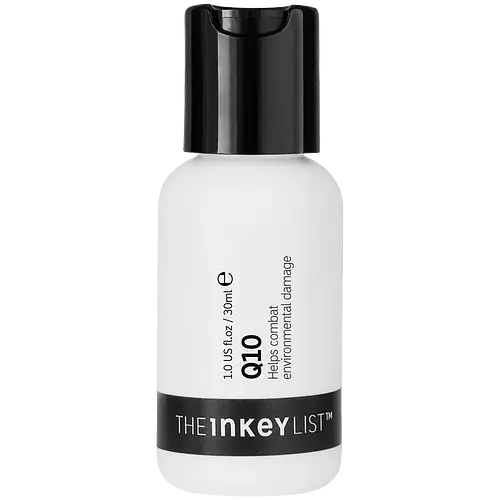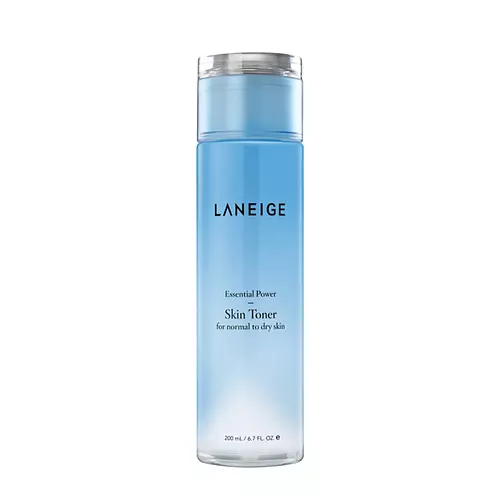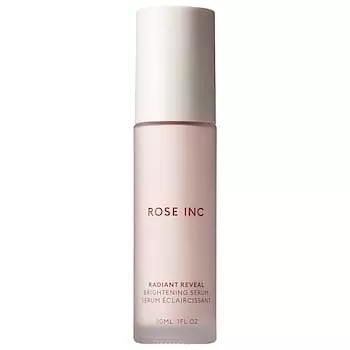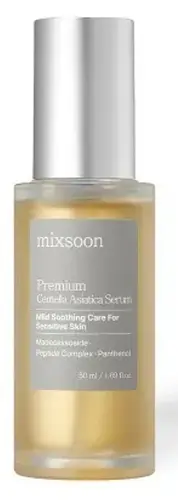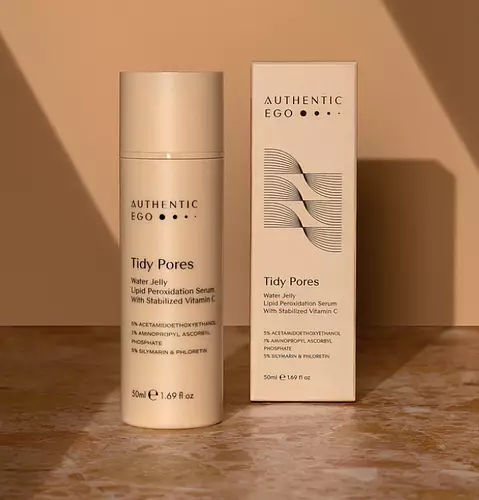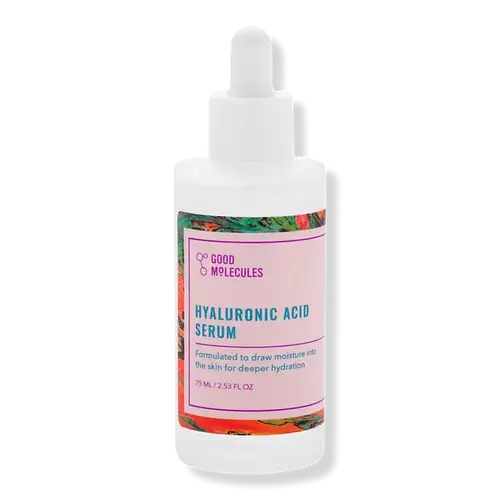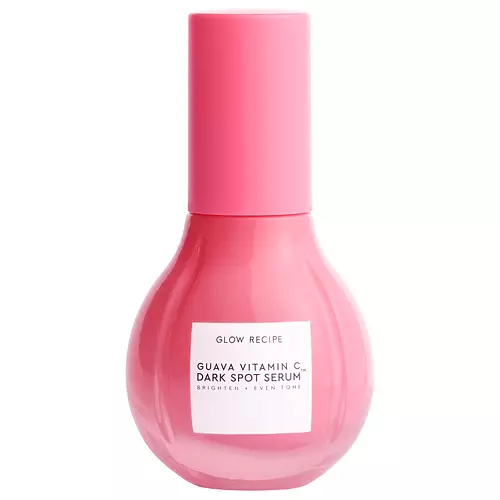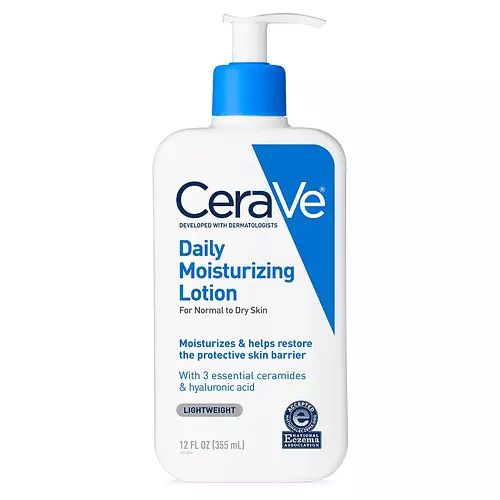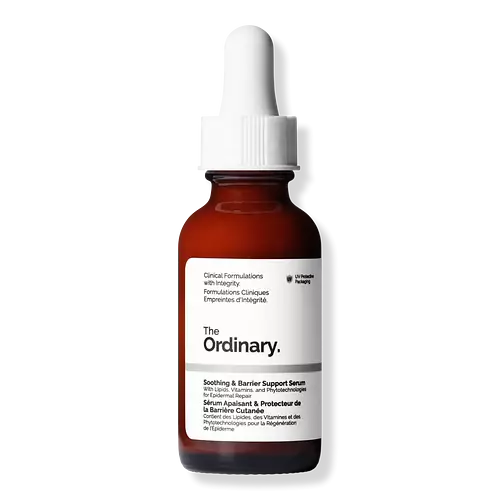The INKEY List Q10 Serum Versus Peach & Lily Glass Skin Refining Serum
Updated on June 19, 2024
Overview
What they are
These products are both vegan, cruelty-free, and reef safe serums. They have a total of 4 ingredients in common
Cool Features
They both contain hyaluronic acid and peptides
Suited For
They're both likely to be good for anti aging, brightening skin and scar healing
Free From
They both do not contain any harsh alcohols, common allergens, fragrances, parabens or sulfates
We independently verify ingredients, and our claims are backed by peer-reviewed research. Spot a product that needs an update? Let us know.
Ingredient Info
The INKEY List Q10 Serum 28 ingredients
Peach & Lily Glass Skin Refining Serum 23 ingredients
At a glance
Click on any of the items below to learn more
The INKEY List Q10 Serum 28 ingredients
Peach & Lily Glass Skin Refining Serum 23 ingredients
Notable Ingredients
This product contains 2 ingredients that may have this attribute:
This product contains 1 ingredient that may have this attribute:
This product contains 2 ingredients that may have this attribute:
Benefits
This product contains 2 ingredients that may have this attribute:
This product contains 1 ingredient that may have this attribute:
This product contains 2 ingredients that may have this attribute:
This product contains 1 ingredient that may have this attribute:
This product contains 4 ingredients that may have this attribute:
Concerns
This product contains 1 ingredient that may have this attribute:
Notable Ingredients
This product contains 1 ingredient that may have this attribute:
This product contains 1 ingredient that may have this attribute:
This product contains 1 ingredient that may have this attribute:
This product contains 3 ingredients that may have this attribute:
This product contains 1 ingredient that may have this attribute:
Benefits
This product contains 1 ingredient that may have this attribute:
This product contains 2 ingredients that may have this attribute:
This product contains 1 ingredient that may have this attribute:
This product contains 1 ingredient that may have this attribute:
This product contains 1 ingredient that may have this attribute:
This product contains 1 ingredient that may have this attribute:
This product contains 1 ingredient that may have this attribute:
This product contains 1 ingredient that may have this attribute:
This product contains 2 ingredients that may have this attribute:
Concerns
This product contains 1 ingredient that may have this attribute:
Ingredients Side-by-side
Ingredients Explained
These ingredients are found in both products.
Ingredients higher up in an ingredient list are typically present in a larger amount.
Water. It's the most common cosmetic ingredient of all. You'll usually see it at the top of ingredient lists, meaning that it makes up the largest part of the product.
So why is it so popular? Water most often acts as a solvent - this means that it helps dissolve other ingredients into the formulation.
You'll also recognize water as that liquid we all need to stay alive. If you see this, drink a glass of water. Stay hydrated!
Learn more about WaterButylene Glycol (or BG) is used within cosmetic products for a few different reasons:
- It is a solvent, meaning that it helps to dissolve other ingredients. This also enhances the absorption of the product into one's skin.
- It is a humectant, which means that it helps attract moisture into the skin.
- It helps improve product application.
Overall, Butylene Glycol is a safe and well-rounded ingredient. It is unlikely to irritate skin, and works well with pretty much all other ingredients.
Propanediol helps absorb ingredients into your skin, boosting their benefits. It can act as an emollient, making your skin softer. Propanediol can help products last longer by boosting the properties of preservatives within the formulation.
Propanediol is not likely to cause sensitivity and considered safe to use.
It is derived from corn or petroleum with a clear color and no scent.
Learn more about PropanediolCaprylyl Glycol is a humectant and emollient, meaning it attracts and preserves moisture.
It is a common ingredient in many products, especially those designed to hydrate skin. The primary benefits are retaining moisture, skin softening, and promoting a healthy skin barrier.
Though Caprylyl Glycol is an alcohol derived from fatty acids, it is not the kind that can dry out skin.
This ingredient is also used as a preservative to extend the life of products. It has slight antimicrobial properties.
Learn more about Caprylyl GlycolIngredient Ratings
Here's what our community thinks of the ingredients in these products.
When to use
The INKEY List Q10 Serum 28 ingredients
Peach & Lily Glass Skin Refining Serum 23 ingredients

Reviews
Here's what our community thinks
The INKEY List Q10 Serum 28 ingredients
Peach & Lily Glass Skin Refining Serum 23 ingredients
mofii
Its like a multivitamin for your skin
I love this serum, it goes on so smooth and absorbs quickly. You can see a difference overnight with redness...
Its like a multivitamin for your skin
I love this serum, it goes on so smooth and absorbs quickly. You can see a difference overnight with redness and inflammation go down, and over time your skin just looks healthier! It has points in all skills, it is a bit pricey but for long term use and investment I think it's worth it.
Jynxxx
I absolutely LOVE this serum! It's perfect for my dry winter skin! It also helped so much when I ruined my skin barrier. I will forever repurchase.
